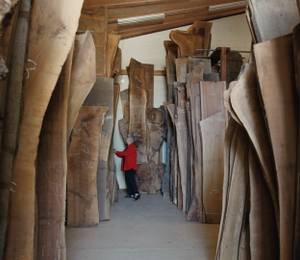New Delhi, India – Established by Ar. Sonali and Manit Rastogi in 1996, Morphogenesis is one of the largest architectural firms in India with offices across Delhi, Bengaluru and Mumbai. It is listed among the top 100 Architectural Firms globally. The firm is recognised for its diverse work that encompasses a range of specialised practice areas – Commercial, Residential, Office, Institutional, Hospitality, Master Planning and Houses, through in-house integrated project delivery in Sustainability, Interiors, Landscape, Digital technologies and Design Management.
Morphogenesis’ works span across India, Nepal, Bhutan, Bangladesh, Sri Lanka, South Africa, Afghanistan, and the UAE.
The firm’s work is rooted in its copyrighted Design Process SOUL© (Sustainable, Optimised, Unique and Liveable). These parameters define the enquiry process that shapes the architecture of Morphogenesis.
Sustainability: Each project is conceived through a research-oriented approach to policy, planning, design, technology, passive and low energy design. Their endeavour is to design in a manner that reduces consumption of energy and resources, resulting in buildings that consume up to 75 percent lesser energy than certified green building benchmarks through passive design and microclimate creation, proven through post-occupancy evaluation.
Optimisation: Resource optimization at Morphogenesis is achieved through Integrated Project Delivery. The firm breaks barriers of established cost benchmarks and reduces consumption through design innovation.
Unique: All the projects of the firm are unique. Their design responds to client, climate & context, yet is mindful that the project is globally pertinent.
Liveability: Morphogenesis’ approach to building smart environments is by placing the user at the centre of the design process. The firm considers mobility, security, outdoor comfort, technology, health and well-being, ease of facility management and disaster readiness to create spaces that work equally well for all users.












